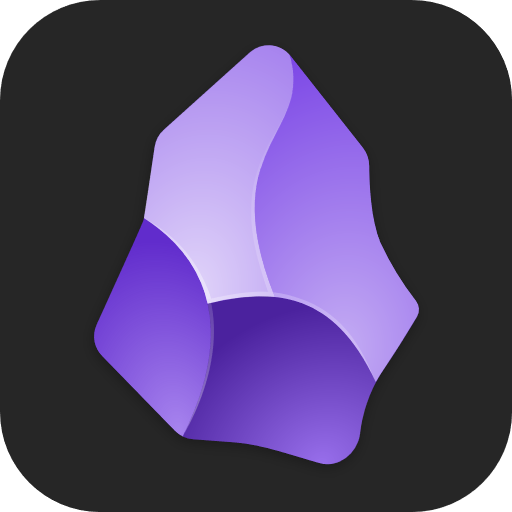This is the last in a series of articles, including Freeing Your Thinking and Building a Knowledge Tree, where I talk about using Obsidian as a non-relational database. The main idea is to interact with information, not files, and Obsidian’s core plugins facilitate this approach. I have talked about Search, Bookmarks, Unique Notes and Graph View. This article will describe how to use Canvas to create visual maps of content which not only present information in a clear, attractive and flexible way, but also allow you to explore and interact with your information. As usual, our goal is to obviate the need to open files.
In data science there is a motto “visualize, visualize, visualize.” In the business world, information is commonly presented in the form of a dashboard to allow for visualizing data. A dashboard is a graphical user interface containing views of information. Aside from providing graphical elements and views, a dashboard will typically provide navigational tools and other ways to interact with information and even edit information directly from the dashboard.
The full article can be read at:
My site: biscotty’s Workshop
Substack: https://briancarey.substack.com/p/dashboards-with-obsidian-canvas
Medium: https://medium.com/@biscotty666/dashboards-with-obsidian-canvas-2b86c024412e


I’m sorry if I come across as a bit of a bitch here, but how can your blogposts be worth AUD$13/month? That’s the same price as a Spotify premium plan. I would have considered subscribing if it was ~A$4-5/month. Also, your website is very broken on webkit mobile:
Sadly my website isn’t mobile friendly right now but I’m reworking it. I hope to have the redesign within a week.
As to the price I just left what SS put by default. All my posts are available to free subscribers anyway. Of course I’m happy if you want to contribute but I have no expectations or concerns if you don’t.